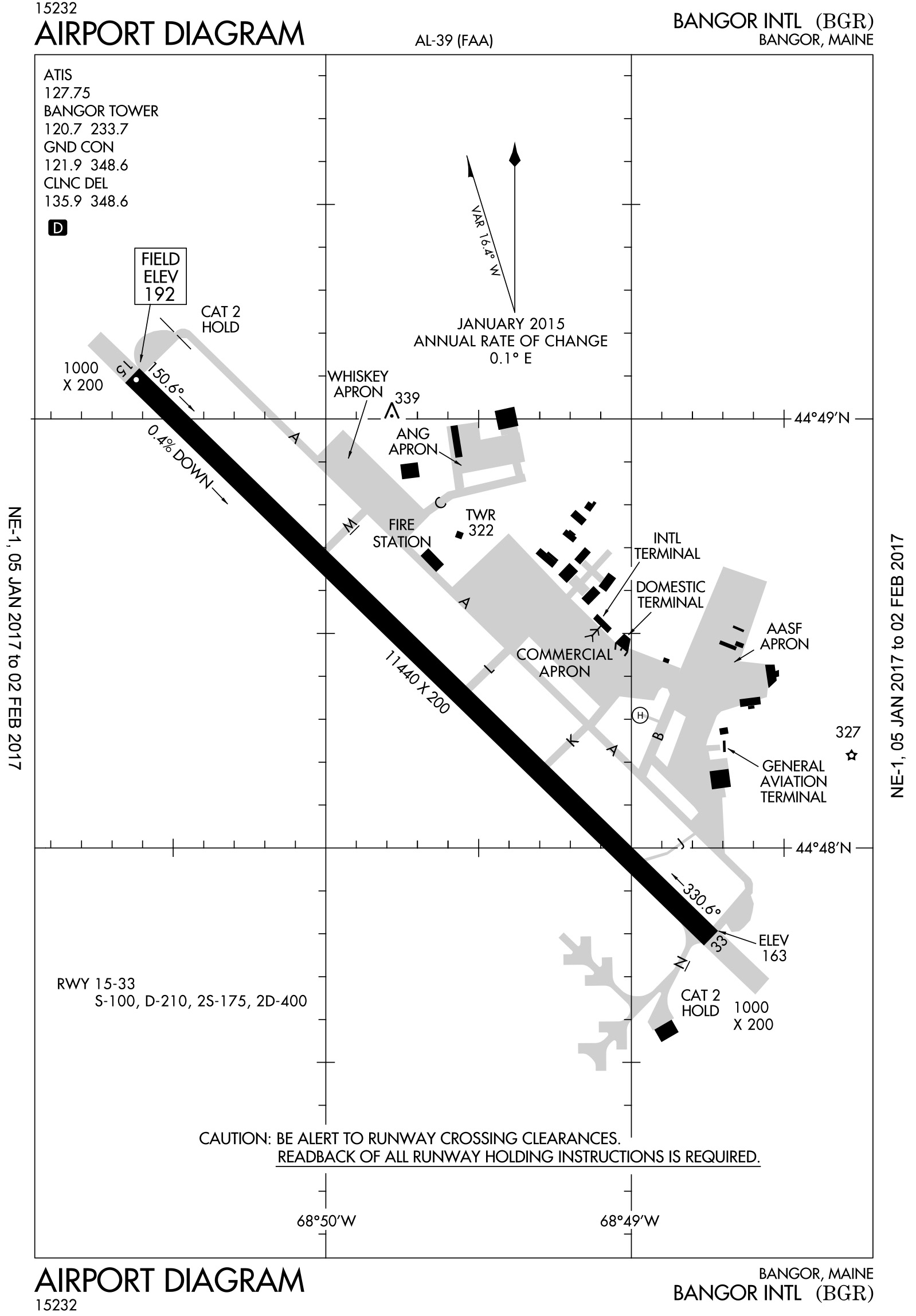Training Tip: Unplanned perfection
You are returning to your home airport, a former Air Force base, from a solo cross-country. The tower has instructed you to proceed straight in for Runway 15—an extremely long stretch of pavement that once launched heavy military aircraft and now serves the region’s civilian air transportation needs.

You report the runway in sight, savoring the rare luxury of flying a long straight-in approach. Landing clearance has not been issued yet, because another single-engine airplane is on a close-in base leg.
“Report that traffic in sight,” the controller instructs.
A mile out, you spot the aircraft, make the report, and receive clearance to land.
After scanning to verify that your approach has not unwound during your interactions with ATC, you check the traffic again, observing that it has landed in the normal touchdown zone and slowed to taxi speed.
As you are taking in the traffic situation, the tower exhorts the pilot ahead to clear without delay. Then the tower calls your number, tersely instructing you to go around.
Ripped from your relaxed condition, you execute the maneuver (not as effortlessly as you should) and follow instructions to re-enter in a left-hand pattern.
The one-runway airport’s diagram projects a lack of complexity compared to many airports with swarms of taxiways weaving around and across multiple runways. But when you take into account scale—perhaps distorted by the runway’s unusual length—the diagram unmasks a risk that a pilot unfamiliar with the airport might miss.
Note that Taxiway Mike, the first egress point after landing on Runway 15, is about one-third of the way down the 11,440-foot-long runway. That’s the equivalent of landing in the touchdown zone of many general aviation runways and having to taxi to the departure end to clear.
At taxi speed, that takes time. Better, during busy periods, as controllers and locals work together to accomplish, is for a GA aircraft to land “long,” touch down near one of the more distant taxiways, and exit closer to the GA ramp south of Taxiway Kilo.
Short runways command your attention because of the technique and performance requirements their use demands. The Runway 15 scenario reminds pilots not to become complacent about long runways at airports where poor approach planning can send ripples of complications through the traffic flow.

